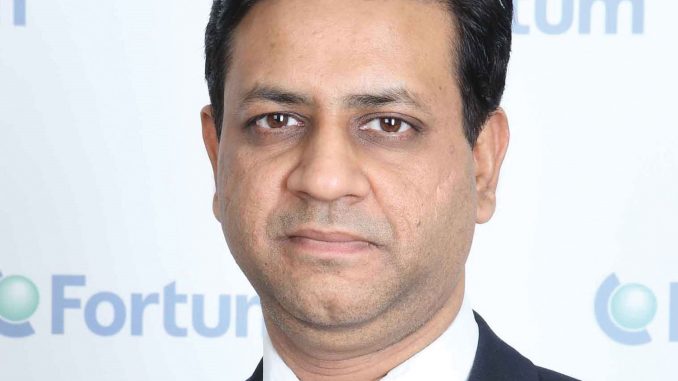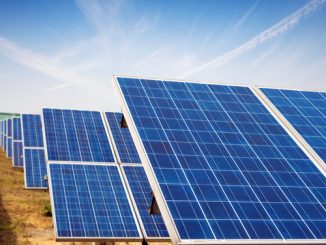
Fortum India’s current installed solar capacity stands at just 15 MW, but it has a fair pipeline of projects (around 170 MW) under construction in the country. The company has deployed thin-film technology at one of its operational plants. Manoj Gupta, vice-president, solar, Fortum India, shares his views on the company’s experience with the technology and its outlook for the future…
What is the company’s installed solar power capacity? What has been its experience in developing this capacity, in particular thin-film technology-based projects?
We have adopted thin-film technology for our 10 MW solar photovoltaic (PV) plant at Kapeli, Madhya Pradesh. The plant is spread across 70 acres and we have implemented thin-film cadmium-tellurium (CdTe) technology with more than 125,000 modules mounted on fixed-tilt structures and 15 central inverters, which allow better control of the carbon footprint, water usage and energy payback time. The annual production of the plant is approximately 20 GWh and it is expected to reduce carbon dioxide emissions by approximately 18,000 metric tonnes every year. CdTe technology has multiple proven advantages over other technologies and is more efficient in hot climates.
What factors do you consider before choosing a technology for a project?
Choosing a particular technology for a solar project is very critical to its overall completion and installation. Many factors are considered and land-use analysis is done to determine the technology best suited for a particular site. Besides geographical implications, infrastructure availability in terms of manpower and materials, and their cost play a vital role in determining the type of the technology to be used.
In the solar market, crystalline silicon-based modules account for more than 90 per cent market share currently and they will continue to remain the dominating PV technology in the future. Multijunction technologies, adding layers of different materials on top of silicon, will be increasingly used to increase efficiency. The key benefit of silicon-based PV modules is that the main raw material, silicon, is the second most common element (after oxygen) in the earth’s crust. Most PV cells are made of silicon, which is processed and purified from silicon dioxide.
There are some thin-film modules available in the market, mainly made of CdTe and copper indium gallium selenide. We have used CdTe technology modules manufactured by First Solar. The technology gives better performance in high temperature areas.
How would you rate the performance of projects using thin-film modules vis-à-vis those using crystalline technology?
Both the technologies have their pros and cons. While crystalline technology has played a dominant role in the PV market in the past, the cost efficiency of thin-film has been a major stimulus for its adoption. Thin-film uses less material and is much simpler to use. Debate over the efficiency levels of the two technologies has been going on for a considerable amount of time. However, we decide which technology to use based on the nature of the project, and its geographical and environmental implications.
Have you witnessed any module degradation over the life of your projects? How do you ensure best quality in your projects?
We ensure that we use the best technology available, maintain sustainability and at the same time, deliver the project on time. In addition, we ensure that the company’s operations fare well in the three sub-areas of sustainability: economic, environmental and social responsibility.
The performance of the module degrades annually through its life. The degradation in the first year is more compared to that in the second year. The year-wise degradation figures are within the limit of the guaranteed numbers provided by the manufacturer.
Are you satisfied with your vendors and engineering, procurement and construction (EPC) partners? Would you like to suggest some improvements?
We decide our EPC partners based on our policies and requirements in the project concerned. We have a stringent process and hence are happy with our efforts till date. The plant in Kapeli was commissioned four months before the agreed timeline as per the power purchase agreement and is performing much better than our expectation. Our capacity utilisation factor is 1 per cent higher than the expected number.


